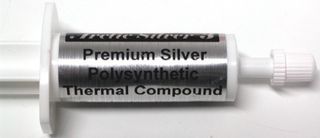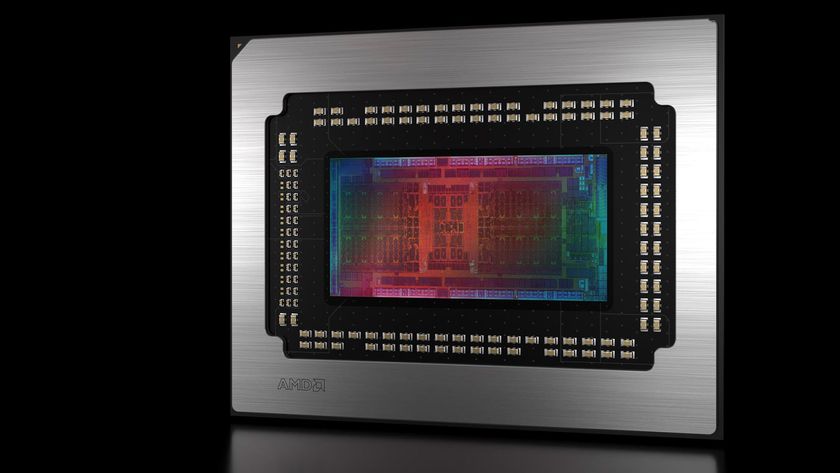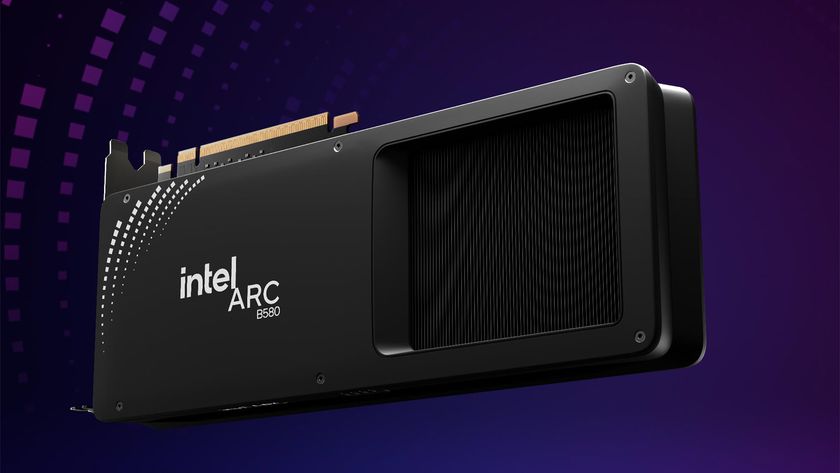The P4-560's Heat Can Crash and Kill
Conclusion

Indeed, the silver oxide compound is a nice addition to your Pentium 4 Processor 560.
Our experiences with the P4 system during this review can be called disillusioning, compounded by the fact that we followed Intel's specifications. Or in other words: Any normal user would not do things any different.
In either case, the temperature thresholds for the zones close to the processor on the motherboard we used were exceeded under a high processor load. It is easy for Intel to refer to the maximum chassis temperature here by simply adding a small note to the processor package. But in reality, this requirement is not quite easy to fulfill, since the graphics card, several drives and additional components contribute to heating up the system.
Using the virgin Intel boxed cooler, the processor will certainly run within its specified parameters even under high workload. However, dismounting the cooler forces the user to clean the processor and the cooler surface in order to deploy a fresh thermal compound - which is exactly where problems begin.
If you decide to use a common thermal compound product, its thermal conductivity won't be good enough to cope with the thermal loss spawned by Intel's Pentium 4 top models 550 and 560. Users will end up having a 3.6 GHz processor that needs to throttle for thermal reasons.
The only viable solution is to get a thermal compound that is based on silver oxide, resulting in much better thermal conductivity. But let's be honest: How many users apart from those who are into tuning and overclocking really care about their thermal compound?
So, should a vendor release a product that is only able to run at its maximum performance under special circumstances? The fastest processors certainly are very exclusive devices, but that should not cause more troubles than necessary. The customer wants products that simply work! Think about that before releasing faster products, Intel.
Stay On the Cutting Edge: Get the Tom's Hardware Newsletter
Get Tom's Hardware's best news and in-depth reviews, straight to your inbox.
Current page: Conclusion
Prev Page Measurement Two: An Intel Boxed Cooler And A Standard Thermal Compound











